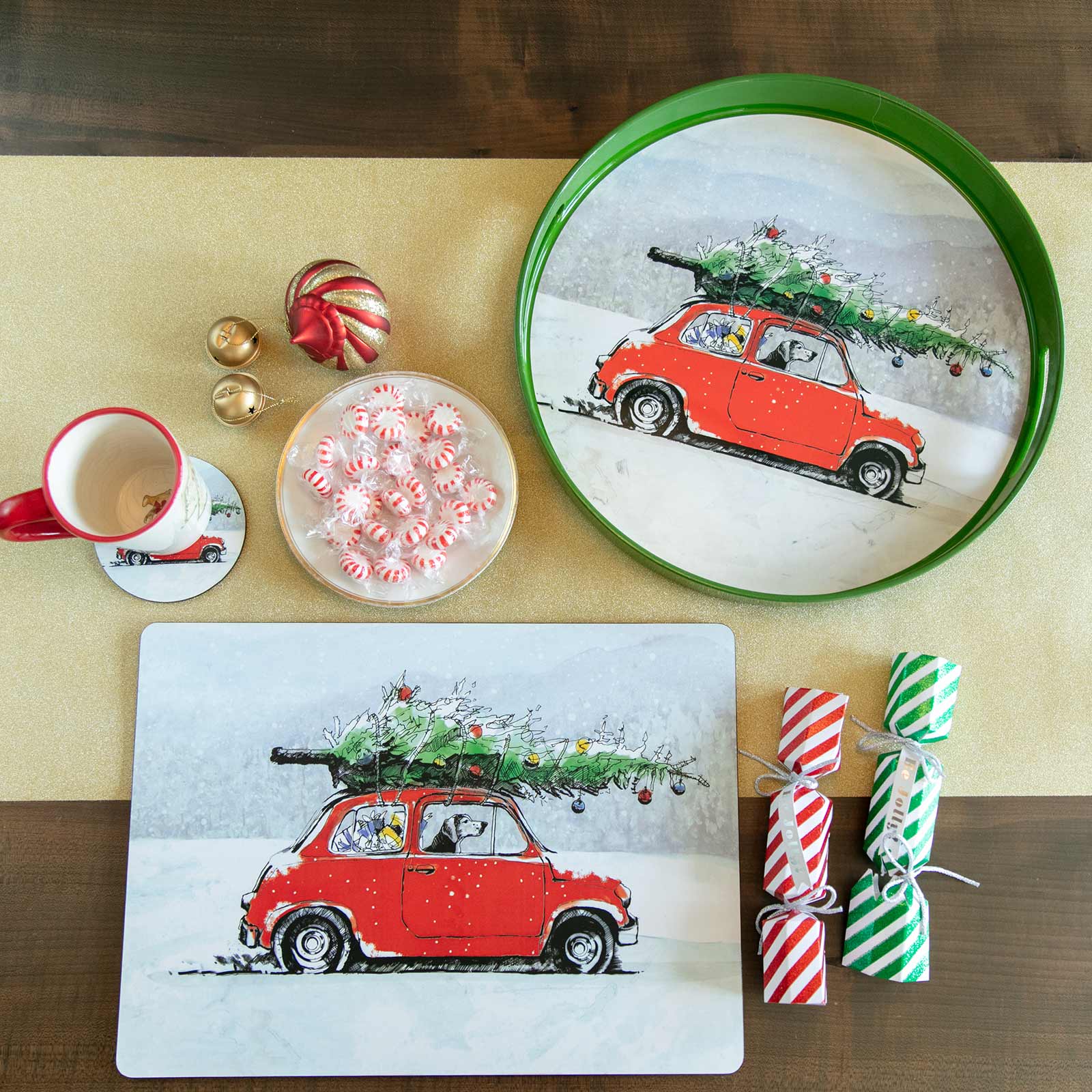Unique Art Fundamentals Explained
Table of ContentsThe Best Strategy To Use For Unique ArtSome Known Factual Statements About Unique Art Not known Details About Unique Art Fascination About Unique ArtUnknown Facts About Unique Art
While one might question which art type holds precedence, the truth continues to be that each of these 7 forms gives a special window into human history, society, and advancement. Unique Art. They are the tapestries that chronicle our trip, advising us of our past while motivating visions for the future
3 Emil DervishIn this entranceway by Emil Dervish that beautiful cobalt blue door swipes the show. To bring a lot more drama, he prolonged the paint. to the doorframe and the wall up, ending up in an arched shape (Unique Art). The curves, in addition to a spherical sconce, soften the sides. Then frames classic posters and maps of cherished places set the scene.
What Does Unique Art Mean?
8 TRIA GIOVANEqual components grand and laidback, this foyer made by Anthony Baratta is the perfect blueprint to adhere to if you're embellishing an official entry that still really feels unfussy and comfortable. Formed fabrics take center stage (see the rugs and the sofa), but they likewise help bring the high ceilings down to a human scale when hung over wallpaper.
18 Heidi Caillier DesignA gallery wall doesn't need to use up the entire room. As a matter of fact, occasionally a little one can make a bigger style declaration. In this living-room, Hiedi Caillier went with micro-mini frames and an arbitrary composition. Ad - Continue Reading Below19 Stephen Kent JohnsonDesigner Juan Carretero went with a deep environment-friendly paint shade to comparison with the light timber surfaces.
, the expression of concepts and emotions, with the creation of specific aesthetic qualities, in a two-dimensional aesthetic language. The elements of this languageits shapes, lines, colours, tones, and texturesare made use of in different methods to produce experiences of volume, room, motion, and light on a flat surface area. These elements are combined right into meaningful patterns in order to represent real or supernatural phenomena, to interpret a narrative theme, or to develop completely abstract aesthetic connections.
Later on the notion of the "great musician" developed in Asia and Renaissance Europe. Famous painters were afforded the social status of scholars and courtiers; they signed their work, chose its layout and commonly its subject and imagery, and developed a more personalif not always amicablerelationship with their patrons. During the 19th century painters in Western cultures started to lose their social setting and safe and secure patronage.
Unique Art Fundamentals Explained
Others gained an earnings via visiting events of their job. The demand to appeal to an industry had actually replaced the similar (if less impersonal) needs of patronage, and its impact on the art itself was most likely similar. Generally, musicians in the 20th century can reach a target market only via business galleries and public museums, although their work might have been periodically recreated in art regulars.

Do not copy the design of various other musicians if you're attempting to discover your design. Copying various other individuals's artwork can be terrific in instructional functions yet it will certainly not make you closer to discovering your own unique design. Your artistic style has to be, what you like and what inspires you.
Getting My Unique Art To Work
I would consider your own style as a style you repaint in normally, when you release all thoughts and guidelines and simply focus on painting, not considering it. The style needs to come naturally to you when you are unwinded and you can't require it or it will not be your very own design, just another person's.
You need to attempt find more information lots of different choices and check out every little thing prior to you can concentrate on one specific design or you'll be burnt out, or even worse, you'll dislike your very own style. I suggest you to attempt every solitary topic that you're interested in, discover as much as you can. Attempt various tools that thrill you and new methods you've never tried before.
With time you'll have the ability to arrange every one of them right into your preferred and least favored classifications. Try to concentrate your attention on the topics and tools that you like and before you see it coming you'll have your own individual and one-of-a-kind style, like no one else have! In the end you'll have a few favored topics to paint and maybe a couple of preferred mediums.
Unique Art for Dummies
The style has to develop itself in time with a great deal of practice and experiments. Thank you for reading this post and if you have get more any kind of concerns leave them in the comments listed below, I would certainly be pleased to answer these.